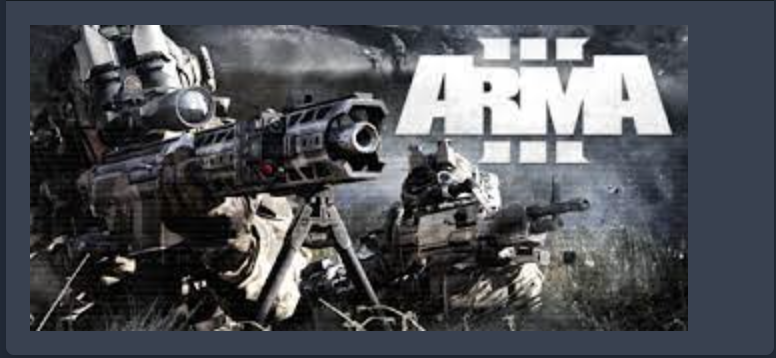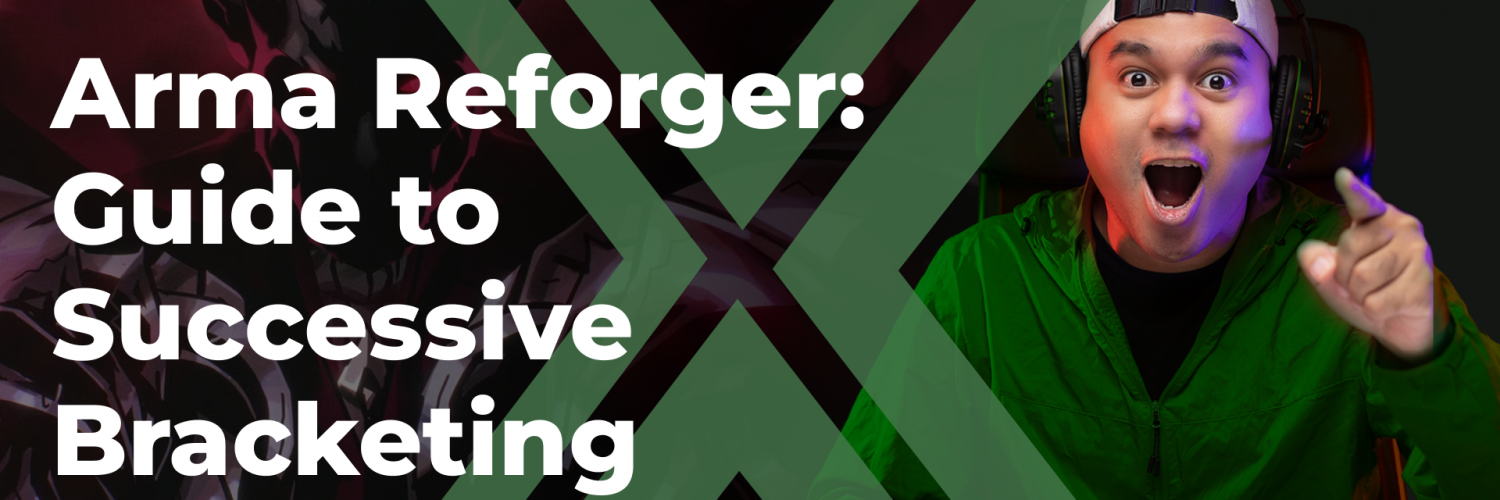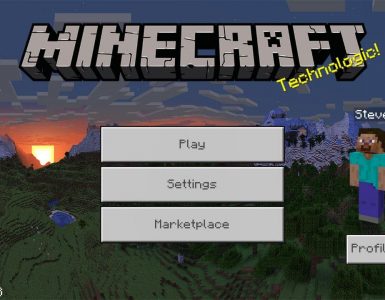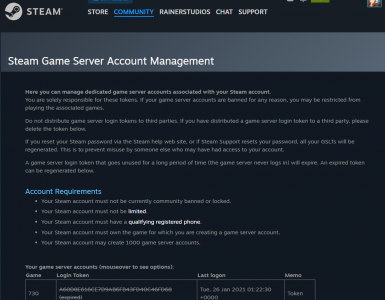Introduction
Arma Reforger offers an immersive military simulation experience, with fire support being a critical aspect of battlefield success. This comprehensive guide will help beginners understand and effectively utilize fire support techniques, focusing on area adjustment fires.
Understanding Area Adjustment Fires
There are four primary techniques for conducting area adjustment fires in Arma Reforger:
- Successive Bracketing
- Hasty Bracketing
- One-Round Adjustment
- Creeping Fire
Each technique has its specific applications and is chosen based on the situation and the observer’s experience. Let’s give an overview before delving into Successive Bracketing.
Hasty Bracketing
Hasty bracketing is used when responsive fires are required, and the observer is experienced in fire adjustment. It is quicker but requires more skill and experience.
One-Round Adjustment
One-round adjustment provides the most responsive fires but generally requires either an experienced observer or an observer equipped with a laser rangefinder.
Creeping Fire
Creeping fire is used in danger-close missions where precision is critical to avoid friendly fire.
Successive Bracketing
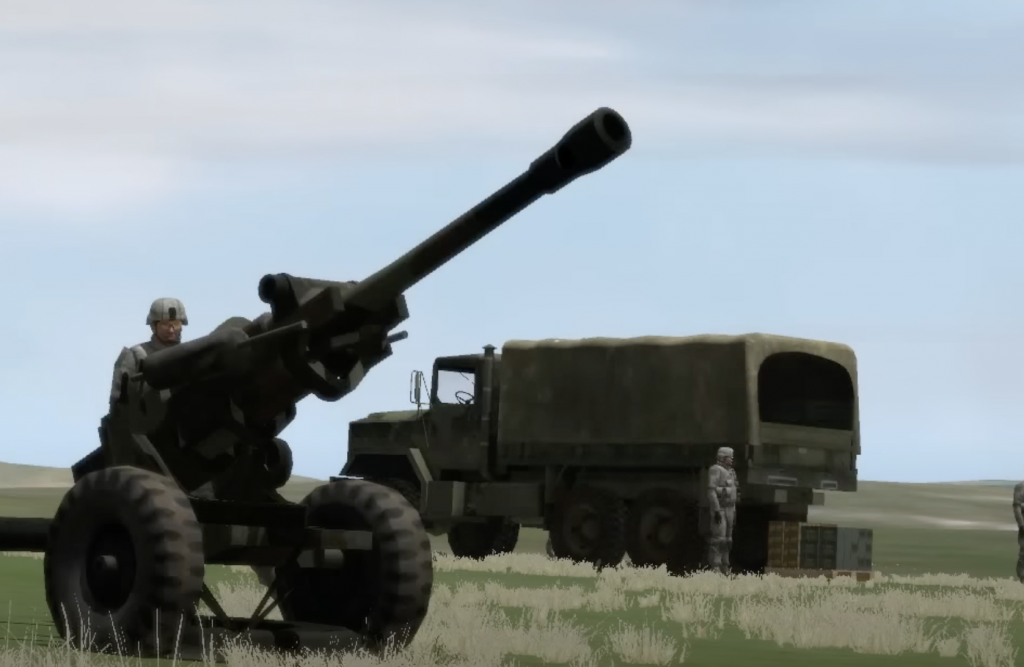
Successive bracketing is ideal for inexperienced observers or when precise adjustment is needed, such as in precision registrations and destruction missions. This method ensures that fire-for-effect rounds will be within 50 meters of the target.
Steps to Successive Bracketing:
- Initial Range Spotting: After identifying the first definite range spotting, the observer sends a range correction to the Fire Direction Center (FDC) to establish a range bracket with one round over and one round short of the target.
- Splitting the Bracket: The observer continues to split the bracket until the rounds are within 50 meters of the adjusting point.
- Range Adjustments: Typically, range changes of 100, 200, 400, or 800 meters should be in use to make splitting the bracket easier.
- Fire for Effect: When assured that the rounds will impact within 50 meters of the adjusting point, the observer enters fire for effect.
Detailed Example of Successive Bracketing
- Establishing the Initial Bracket:
- The observer sends a range correction to establish one round over and one round short of the target.
- Example: First round impacts over the target, observer sends a correction of “drop 400” to place the next round short of the target.
- Adjusting the Bracket:
- With the first bracket of 400 meters, the observer sends a correction of “add 200” to split the bracket.
- If the third round impacts over the target, the bracket is now 200 meters.
- Refining the Bracket:
- The observer sends a correction of “drop 100” to split the bracket further.
- If the fourth round impacts short, the bracket is now 100 meters.
- Final Adjustment and Fire for Effect:
- The observer sends a correction of “add 50” and enters fire for effect.
- The rounds are now assured of impacting within 50 meters of the target.
Visual Spotting Technique
To determine if a round landed long or short, align the horizontal line of the reticle at the base of the target. If the round lands above this line, it is over; if below, it is short. Quick marking before the dust obscures the mark is essential for accuracy.
Practical Tips
- Practice Makes Perfect: It takes practice to calibrate your initial distance estimation and become proficient in successive bracketing.
- Use Smaller Initial Brackets: Experienced observers can start with smaller initial brackets to speed up the process.
- Effective Communication: Maintain clear and concise communication with the FDC to ensure accurate adjustments.
- Utilize Available Tools: If equipped, use laser rangefinders for precise distance measurements.
Conclusion
Mastering fire support techniques in Arma Reforger, particularly successive bracketing, enhances your effectiveness on the battlefield. With practice and experience, you can ensure your rounds consistently impact within the desired range, contributing to mission success.
Grab one of our dedicated servers here!
